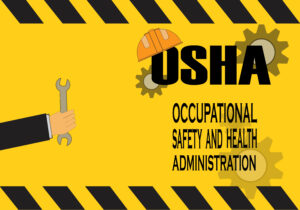
A Pressure Vessel is a storage tank or vessel that has been built to operate at pressures greater than 15 psi. Some common uses of pressure tanks in industries for storage and transference of materials. Some examples of pressure tank usage are…
– petroleum refining
– chemical processing
– storage tanks
– boilers
– heat exchangers
Pressure tanks should be part of your safety audit.
The Benefits Of Pressure Testing
Planning and implementing an inspection program of pressure vessels in your plant is an important step that will keep you in compliance with federal and local rules. A good Safety Audit Program will have pressure testing that is well documented and conducted properly. Discovering safety liabilities before they become a catastrophic issue is the name of the game
OSHA looks at pressure vessels for cracks and other types of damage. A vessel under pressure that is cracked can leak or rupture. A leaking vessel creates workplace hazards that can include:
– poisonings
– fires
– suffocation
– explosion hazards
A failure of a Pressure Vessel can be catastrophic in a workplace, so the regulations regarding design, installation, operation, and maintenance are subject to code enforcement. It is very important to have a regular documented inspection program to be proactive regarding any pressure vessel problems.
Saferack is always concerned with the safety of your workers and the well being of your company. We sell safety enhancements that improve OSHA compliance in plants and facilities where pressure tanks are used. We design platform systems that can wrap around a pressure tank so workers can access flow controls and perform hydrostatic or pneumatic testing when the time comes. Our work platforms are solid, reliable and OSHA compliant. Call Saferack today and talk to a representative about the best platforms to use for hydrostatic or pneumatic testing. A solid work platform (Mobile or Fixed) will make testing easier and faster. Call SafeRack today.























